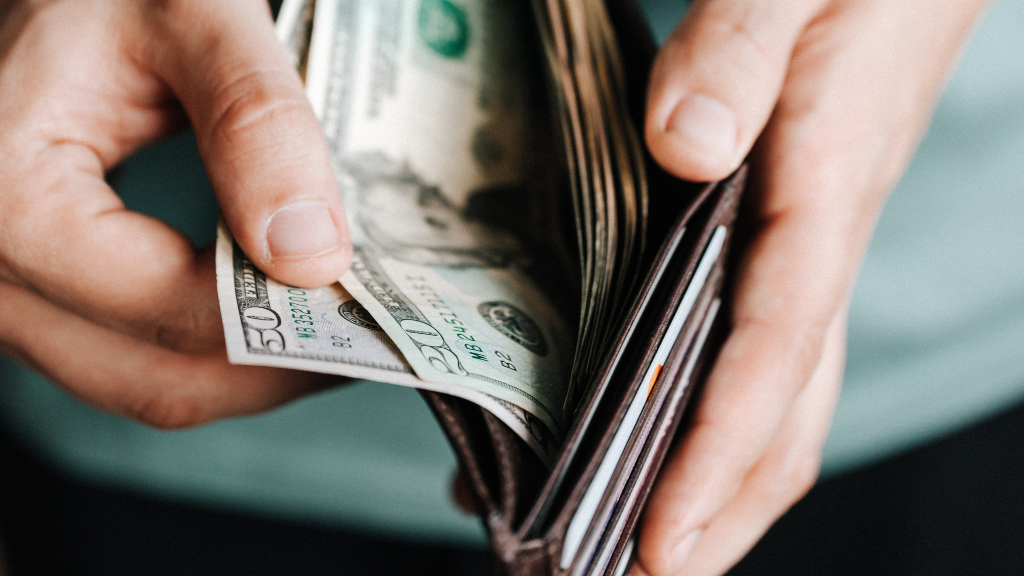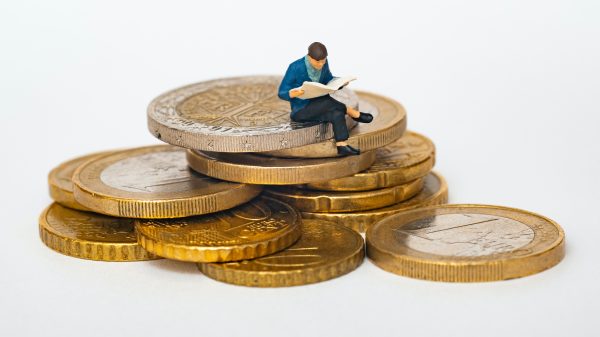The Consumer Price Index (CPI), or the measure of inflation, rose 8.5% in July year-over-year, according to the U.S. Bureau of Labor Statistics (BLS) and was weaker than expected monthly, which was unchanged but expected to improve by 2.0%.
Economists had forecast the CPI would increase another 8.7% year-over-year after historic June’s 9.1% jump that put America’s inflation at a 40-year high, continuing economic worries.
The CPI is a weighted average of prices of consumer goods and services purchased by households and excludes investment items like real estate sales, stocks, bonds, and life insurance, as well as sales taxes, but does include rent prices.
The context of this month’s CPI is that despite coming down from a historic high in June, H.R. 5376 (Inflation Reduction Act) was passed which is a sweeping spending bill that spooked markets, and China is continuing military drills near Taiwan, using House Speaker Nanci Pelosi’s visit as faux inspiration for a potential invasion.
Last month, White House officials called the index “outdated,” pointing to softening of gas prices, wholesale used car prices, and global shipping costs.
Further context is that unemployment just hit a 50-year low, although the labor participation rate continues to hover near the 60% mark. This matters deeply as the Federal Reserve had clear plans to aggressively increase rates several times this year, but the jobs data puts pressure on that plan to control inflation. Wages are rising but still can’t keep up, and annual raises are immediately swallowed by inflation rates.
So why does the Fed raise rates in times of inflation spikes? Doesn’t that hurt Americans even more? With demand perpetually growing 10% during a pandemic, but only 4% in the years leading up to COVID, even without a supply chain crisis, supply can’t keep up. The traditional option is for demand destruction, and the vehicle for that is the Fed’s rate increases.
An example of demand destruction is the massive spikes in rent amounts (which is measured in the CPI), giving people sticker shock, even in situations where they have no choice.
The challenge is that the Consumer Price Index measures goods that none of us can avoid buying, particularly food and gas, strongly impacting the most economically vulernable in America.
The debate is raging regarding whether or not we are in a recession (more and more say yes, but the jobs number is a challenge to that theory), what the method is for recovery (aside from the Inflation Reduction act and Fed rate increases), and what policies need to be implemented to end the rising inflation rates.
Lani is the COO and News Director at The American Genius, has co-authored a book, co-founded BASHH, Austin Digital Jobs, Remote Digital Jobs, and is a seasoned business writer and editorialist with a penchant for the irreverent.













































